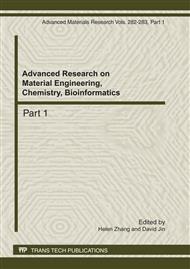p.633
p.637
p.641
p.646
p.650
p.654
p.658
p.662
p.666
Study of Shaped Charge Jet Penetration into Concrete Target
Abstract:
Based on the application of tandem weapon used to destroy concrete target this paper presents the results of simulation and experiment that investigate the penetration performance of shaped charge to runway. Jet formation and penetrating into multi-layer target was calculated by hydro code LS-DYNA3D. Jet tip velocity and jet length, also the penetration performance are studied. The damage performance of shaped charge is validated by experiment. The analysis demonstrates the shaped charge can create a big borehole for subsequent projectile to follow in.
Info:
Periodical:
Pages:
650-653
Citation:
Online since:
July 2011
Authors:
Keywords:
Price:
Сopyright:
© 2011 Trans Tech Publications Ltd. All Rights Reserved
Share:
Citation:


